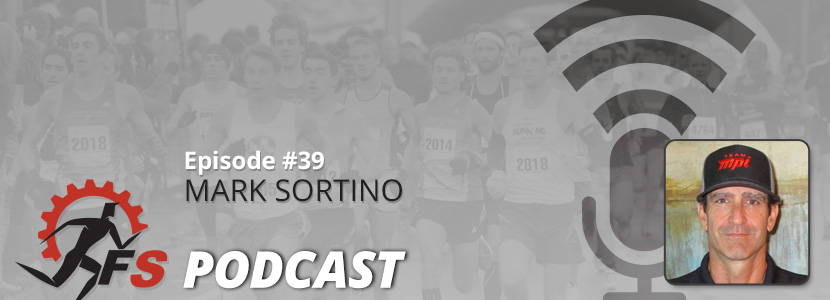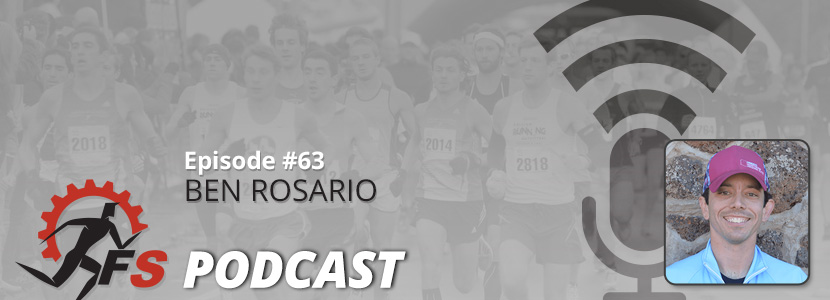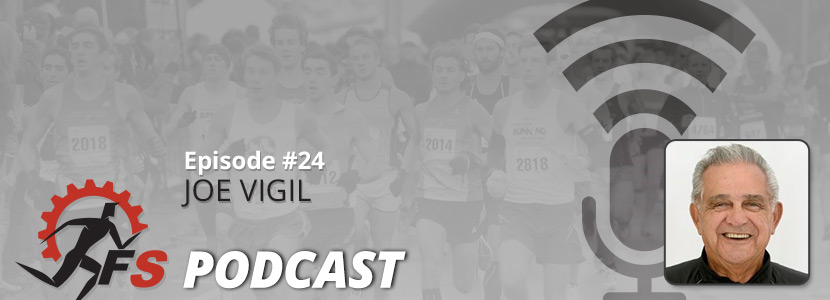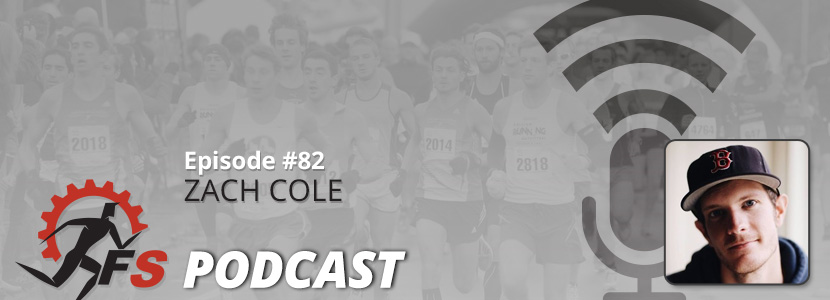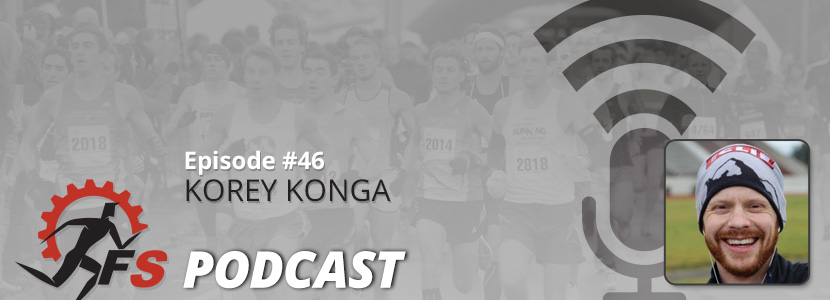Welcome to Episode 39 of the Final Surge Podcast where we talk to head coach and co-founder of TeamMPI, Mark Sortino. Mark is a Level III Triathlon coach and has been featured in publications such as USA Triathlon Magazine and Triathlete Magazine, and was a featured coach in Endurance Films TriMinds series. Team MPI has triathlon training plans available on Final Surge from the sprint distance through the Ironman.
Listen to the podcast on iTunes or listen to it on Stitcher if you have an Android device.
Stream it right here:
How did you get your start in endurance athletics?
How did you make the transition into triathlons?
What lead to you starting Team MPI? Can you tell us about your group?
How many coaches do you currently have on staff at Team MPI?
You mentioned that you are using Final Surge in your training. How are you using it?
We want to start out with some basic training and triathlon questions for those who are looking to do their first multisport event. For someone who is looking to get started with triathlons, maybe they are someone who has done a lot of running or swimming, what do you see as the most common mistakes made?
You have a wide variety of training plans available on Final Surge, everything from the sprint distance up to Ironman training plans. Let’s look at the basic first week for a beginner Olympic distance race plan. Before we talk about specifics, what type of base should a beginner have before they start training for their first triathlon?
Week #1: The first day you have 30 minutes of swimming and 30 minutes of aerobic running with strides.
The 30 minute swim workout is:
- 200 easy choice warmup mix
- 3x the following: (100 easy, :30 RI, 100 moderate, :30 RI, 100 fast, 1:00 RI)
- 100 easy choice cooldown mix
***No paces to hit, just go with feel and intention.
For someone who is coming in without a swim background, how important is it to use perceived exertion on the swim?
After the swim, you have the 30 minutes of running. Should these be done back to back, does order matter, or should they be separate so you are recovered?
Day two of Week #1 is a 30 minute active recovery swim and 30 minutes of bike base spinning. One thing I noticed on the swim is that on the second day you have:
- 150 warmup, build each 50
- 4 x 50 – alternate easy/fast up, then 4 x 100 alternating and again 4 x 50 alternating hard and easy.
For someone who is coming from a run background, we don’t see a coach saying go hard two days in a row. How different is it training for the swim?
Then the bike workout is 30 minutes of staying in zones 1-2. Is all of your biking done in heart rate zones versus training paces?
On day three there is a Fartlek run:
- 10 minute EASY warm-up, building to Z2
- 15 minutes of fartlek where you have 4 sprints at any type of distance (for 20 sec, 1 minute, stop sign to stop sign), but make sure you recover before each one.
Why and how often are you incorporating fartlek work into your workouts?
In week #1 you have some days that are just running or just biking, but every day of swimming has either a bike or run. Is this a normal pattern for your triathlon training?
For the new triathlete, they get to the starting line on race day and they are looking at several hundred people ahead of them waiting to get into the water. How do you prepare them for what will likely be a much rougher swim than what they practiced?
Now I’d like to look at an Ironman plan. An Ironman is going to be a lot of additional time in the water and on the roads. Looking at one of the weeks for your ironman training you have a total of 3.5 hours of running, 5.5 hours of biking and just under 2.5 hours swimming. Do you try to keep each week proportional to the amount of time they will actually be spending doing the event on race day or do you focus on what they may need the most help with?
On days where you are doing either both swimming and running, swimming and biking or biking and running, is it important that you do them in the order you will be doing them on race day? Is that not important at all or should you switch it up?
Over the last few years, there have been a lot of technical advancements that make it easier to train, such as the availability of power meters and testing your heart rate variability. How important are these tools to your coaching?
Can you tell us how you are using HRV with your athletes to monitor the overall picture of what is going on with them?
We all live with our Google calendar, our day planners and our family calendar hanging on the fridge, and they all have the same thing – 7 day weeks, which is what we seem to focus on for our normal training periods. You recently had a piece on your TeamMPI.com blog about changing the cycles up some. What do you recommend people consider when putting together a training cycle?
Team MPI has training plans available on Final Surge from the sprint triathlon distance up to the Ironman distance. I will leave the links in the show notes to those plans, but if someone wanted to reach out to you about coaching or other questions how could they best reach you.
mark@teammpi.com or coaches@teammpi.com
The Final Surge… 5 questions in under 1 minute
Favorite running book? – Born to Run
Current trainers you are wearing? – Newton
Favorite race? – Kona
Favorite meal or recovery drink? – Shakeology and Energy Lab Armor
Your favorite workout – Running: a hard trail run, Bike: short interval work, Swim: long repeats
You can find Team MPI in the following places:
Team Final Surge


